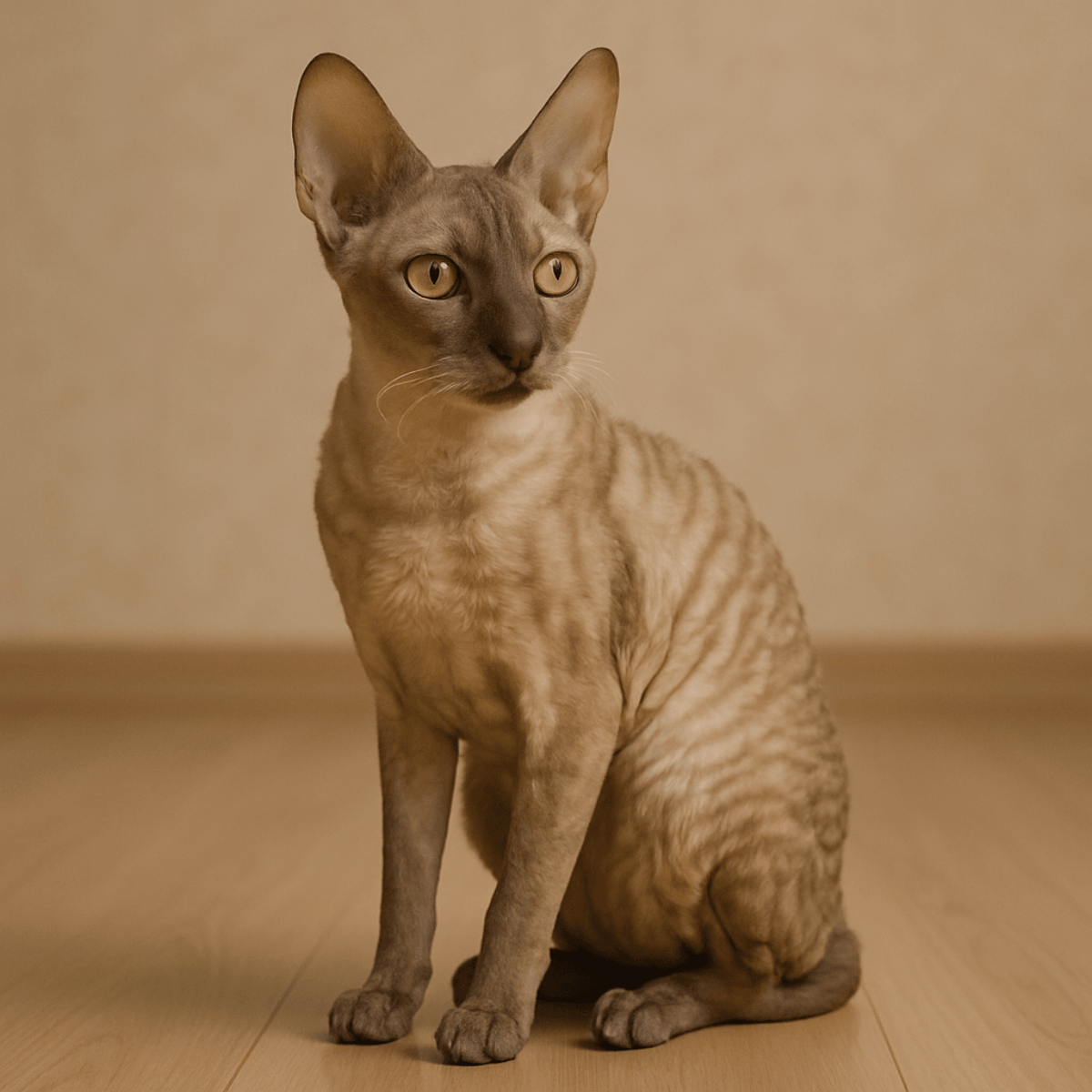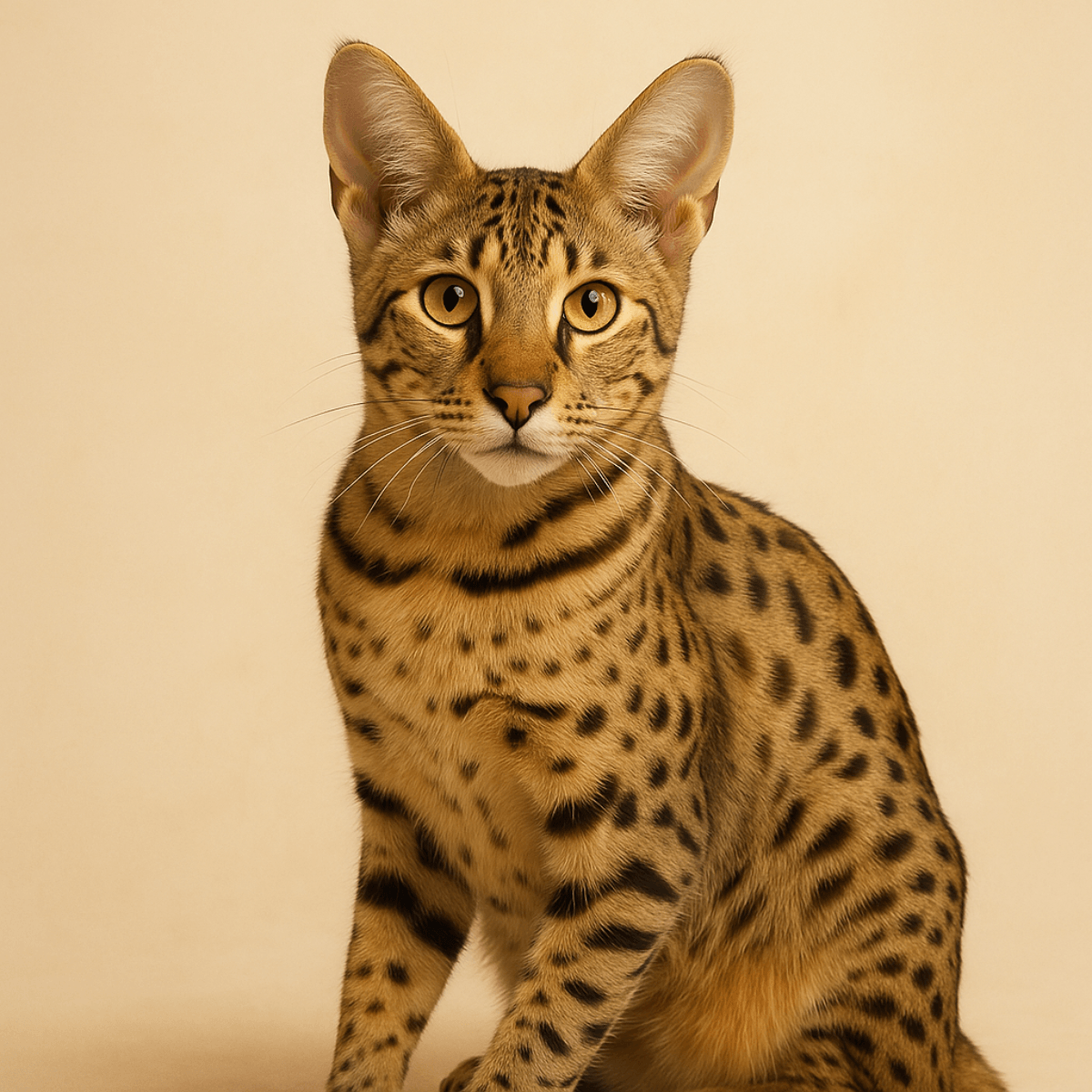
🐶 Beagle - A complete guide to the Beagle dog breed: character, care, upbringing
Contents:
- History of the Beagle Breed
- Appearance and physical characteristics of the Beagle
- Beagle's personality – a cheerful individualist
- Caring for a Beagle – Care, Nutrition and Health
- Raising a Beagle – is it easy?
- Beagle and children – family dog or individualist?
- Is a Beagle the dog for me?
- Summary – Beagle in your home
History of the Beagle Breed
The Beagle breed has a long and colorful history, dating back to ancient times. Although most traces lead to England, where they were used as indispensable hunting dogs, their ancestors actually date back to Ancient Rome.
The Beagle was officially recognized as a breed in the 19th century, when it was deliberately bred for hare hunting. It was their excellent sense of smell and tenacity that earned them recognition not only among hunters but also among families around the world.
The history of the Beagle breed is a fascinating journey through the ages – full of changes, adventures and evolution that transformed a field tracker into one of the most recognizable and beloved family dogs in the world.
Beagles in ancient times – the first traces
Although the modern Beagle is inextricably associated with England, cynologists trace its ancestors back to ancient times. Records from the Roman Empire era include descriptions of small hounds with an exceptionally keen sense of smell that accompanied Roman hunters on their hunts. There are also indications that similar dogs existed earlier in the Middle East.
In the Middle Ages, in the territories of present-day France and Great Britain, various lines of hounds developed – some larger, used for horse hunting, others smaller, which over time evolved into the characteristics of the modern Beagle.
Beagle in England – the birth of a classic
The true history of the Beagle as we know it today begins in medieval England. As early as the 14th century, the term "begles" was used to describe small hounds. The name may have originated from the Celtic language (beag = small) or the French language (beugler = to howl, to shout)—both versions perfectly capture the Beagle's distinctive characteristics: small size and a booming voice.
During the reign of Elizabeth I, so-called "Pocket Beagles" were particularly popular—miniature versions of these dogs that could be carried in a saddle pocket. The Queen was a huge fan of them and often presented them as gifts to courtiers and ambassadors. These dogs were primarily used for hunting hares and small game on foot—their role was to track, chase, and point out prey.
19th century – official development of the Beagle breed
Although the Beagle had existed as a type of scent hound for centuries, it wasn't until the 19th century that systematic selection and breeding began, establishing a uniform standard for the breed. William Pockett and his renowned Essex Beagle line played a crucial role in this. It was then that work began on standardizing the breed's size, color, temperament, and tracking abilities.
In 1890, the first Beagle Club was established in Great Britain, and a few years later, an official breed standard was established. Around the same time, the Beagle also arrived in the United States, where it quickly gained popularity as a hunting dog and later as a family dog.
Beagles Today – From the Forests to the Couch
The modern Beagle is primarily a companion dog – cheerful, energetic, and family-oriented. However, its hunting roots are still very much present.
Thanks to their excellent sense of smell (one of the best in the dog world), Beagles are used, among others, in customs services to detect illegal substances – in the USA, for example, there is even a so-called Beagle Brigade , an airport unit composed of these exceptional trackers.
On the other hand, the Beagle also appears as a pop culture hero – from Snoopy from "Peanuts" to numerous commercials and films, where the charm of this breed wins the hearts of viewers.
This is a dog that feels at home both in a country house with a garden and in an apartment in the city center - provided that it is provided with the appropriate amount of exercise, activities and... smells.
Appearance and physical characteristics of the Beagle

The Beagle is a medium-sized dog, reaching 33–40 cm at the shoulder and weighing approximately 10–15 kg. It is characterized by a strong, compact build, short fur, and distinctive long, floppy ears. Its tail is often carried high and tipped with white – a relic of its hunting function, to make it more visible in the grass. The typical coat is tricolor (black, white, and red), although bicolor varieties are also found. The coat is easy to care for, smooth, and close-fitting.
Beagle's personality – a cheerful individualist
If we had to describe the Beagle's personality in one word, it would be: cheerful . This dog is full of energy, curious, intelligent, and very friendly. It is often called the "eternal puppy" because its behavior, even in adulthood, resembles that of a young dog. Beagles are a breed of dog that loves company—both people and other animals. However, their stubbornness and independence can pose a challenge for novice owners. Beagles are quintessential hunters—they can lose themselves in a scent and stop responding to commands.
Caring for a Beagle – Care, Nutrition and Health
🧼 Beagle Care

🥩 Beagle Nutrition

🩺 Beagle Health

- eye diseases (e.g. glaucoma, cataracts),
- epilepsy,
- ear problems.
Regular vet check-ups and exercise are key to a long Beagle life – the average lifespan is 12–15 years.
Raising a Beagle – is it easy?
Raising a Beagle requires patience, consistency, and positive training methods. Beagles can be very stubborn, but their intelligence allows them to master basic obedience and even tricks. It's important to remember that they have a strong tracking instinct – they shouldn't be let loose in unfenced areas. They respond very well to nose games, such as searching for treats, which can be incorporated into training.
Beagle and children – family dog or individualist?

Is a Beagle a family dog? Absolutely – but with a few important caveats.
Many prospective owners wonder: is a Beagle suitable for children? The answer is yes, provided both the dog and the children are properly prepared for life together. The Beagle is a true family dog . Its gentle disposition, cheerful nature, and love of companionship make it ideal for a home filled with children's laughter and play. But behind this joy lies a need for education – for both the dog and the youngest family members.
Dogs of this breed get along wonderfully with children – they're patient, non-aggressive, and resistant to noise. They can spend hours playing with children, and in the evenings, they'll snuggle up next to a toddler on the couch. Beagles and children are one of the most natural and harmonious combinations imaginable.
A dog is not a toy – let's teach children responsibility
Although a Beagle is resilient and accustomed to energetic play, this doesn't mean they can do anything they want. Children need to learn that a dog is not a stuffed animal, but a sentient being with its own boundaries. Although very friendly, a Beagle can become anxious or tired, so it's important to teach children:
- how to pet a dog without tugging,
- when to leave him alone,
- how to have fun in a way that is safe for both parties,
- that a dog also needs sleep and rest.
Introducing clear rules from the very beginning ensures a safe relationship between the child and the dog and strengthens a bond based on respect.
Safety rules - training your dog and child together
To ensure a harmonious and safe relationship between a child and a dog, it is worth introducing a few basic rules:
- Always supervise your dog's interactions with a small child – even the most gentle Beagle can become frightened.
- Create a rest area for your dog that your child cannot access – a place where your Beagle can calm down.
- Establish rituals for playing together , e.g. daily walks, joint trick training – this builds a bond.
- Involve your child in caring for the dog – feeding it, brushing its coat, and going to the vet together.
Beagle – a helper in raising children
An interesting fact often emphasized by educators and psychologists is that owning a dog, such as a Beagle, can positively impact a child's emotional development . Interacting with a dog teaches empathy, responsibility, and consistency, and also improves communication skills. Children who grow up with a dog have a greater sense of security, learn to be protective, and more quickly acquire the ability to read emotions—in both people and animals.
Is a Beagle the dog for me?
Is a Beagle the dog for me? This is a question every potential owner should ask themselves.
Here are some things to consider:
✅ Do you love activity and walks? A Beagle will be your companion!
✅ Are you looking for a dog that gets along well with children? You've come to the right place.
⚠️ Don't have time for training and can't stand stubbornness? Maybe it's better to consider a different breed.
⚠️ Looking for a dog for a quiet, peaceful life in a small apartment? A Beagle might be too energetic.
A Beagle for an apartment is a possible solution – as long as you provide him with plenty of exercise and activities.
Summary – Beagle in your home
A Beagle is a dog that brings a lot of joy, laughter, and affection into the home. It's an excellent companion for active families, but also a dog that requires patience and an understanding of its natural instincts. If you're looking for a pet to accompany you on your daily adventures, a Beagle puppy may be the perfect choice. Remember, however, that it's not just about adorable ears and a sparkling gaze—it's also a significant responsibility.
Sources and additional information about the Beagle breed:
- American Kennel Club
- ZKwP – Kennel Club in Poland
- VCA Animal Hospitals
- FCI – Federation Cynologique Internationale
📚 Read also:
- 💞 How Dogs Show Affection: 10 Behaviors That Show Love
- 🚗 Safely transporting your dog in the car – a guide
- 🛏️ How to choose the right size dog bed? A practical guide with examples.
- 🪜 Dog stairs – comfort, safety and health of your pet
See more at: Petto.com.pl




 https://petto.com.pl/
https://petto.com.pl/